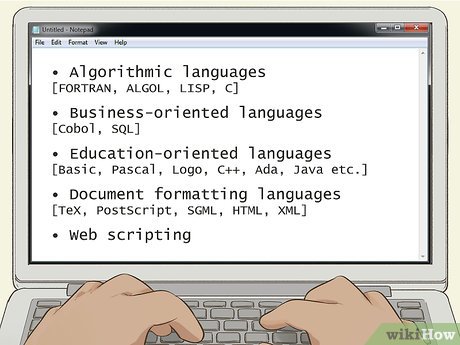A+ Programming Language Tutorial
If you want to learn the ins and outs of the A+ programming language, you’ll find a great introductory A+ tutorial in the links below. You’ll discover how the Dependencies mechanism works and how Contexts avoid naming conflicts. You’ll also learn about Function definitions and Assignment commands. And, of course, there’s a whole lot more. Listed below are some of the most common topics to learn in an A+ programming language tutorial.
Dependencies mechanism
The dependencies mechanism in A+ is a powerful tool that allows programmers to use variables to perform operations on other variables. The dependencies are typically given in the form of a x1-xn, y1-ym. The variables themselves are typed so that n and m are always 0 unless otherwise noted. Depending on the type, dependencies can be defined in a class declaration as well.
The dependency provides an injector method that can be substituted in the client. The dependency object can then be mocked, which allows a developer to test code in isolation. Also, the consuming class no longer has to manage the dependency object’s lifetime – the lifecycle is now handled by an external class. In other words, the dependency object can be reused over again. As a result, dependencies are easier to reuse and more convenient for developers.
Contexts enable avoiding naming conflicts
In A+, you can use a number of idioms to avoid naming conflicts. For example, you can set up dependencies between variables so that the values of the other ones will update automatically whenever the first one is changed. The language also supports callbacks, which let you process asynchronous events and execute associated functions automatically. A+ also uses contexts to avoid naming conflicts. A+ allows you to use different packages for various types of code. Contexts allow you to avoid naming conflicts by giving each package its own namespace. The main benefit of using contexts is that they enable you to use a subset of the APL hieroglyphs.
A+’s lexical binding is demonstrated using the AP LUS interpreter. You can also use thunks to manipulate other thunks. Functions and operators in A+ are the same as in APL. Similarly, A+’s array expressions are as powerful as those in APL. As a result, A+ is a powerful language when it comes to dealing with array expressions.
Functions definitions
When learning the A+ programming language, you’ll learn about functions definitions. Functions have many names, and they’re often called by different names in different programming languages. While the terms and definitions of functions vary among programming languages, they all address the same basic concept. The first line of a function definition contains a type specification for the value that it returns. The remainder of the definition contains the function’s actual arguments. These can be either constants, single variables, or complex expressions.
In addition to the type, the body of a function is a comma separated list of parameters. You can use a semicolon to separate the type-identifiers that are included in a function. When writing a function definition, always remember that a function header is not the same as the body of the function. The header of the function contains three parts: a function name, a return type, and a formal parameter list. Then, the rest of the code for the function follows.
Assignment commands
The A+ programming language is a variant of APL. The arithmetic operator acts as a placeholder within code, substituting variables and letting the compiler know what type of output to expect. Its function is to perform mathematical operations on numbers, including addition, subtraction, multiplication, division, and looping. The assignment operator is a keyword that sets or assigns a value to a variable. It also allows binary functions to be called using infix syntax.
Function calls
The A+ programming language is a powerful, free, and portable graphical user interface and programming language. It has an impressive set of functions, including dynamic loading of user compiled subroutines, asynchronous execution, and automatic synchronization of widgets. It also features an efficient interpreter. A+ was originally developed at Morgan Stanley to use in computationally-intensive business environments. Because it is highly portable, most A+ applications are portable as well.
To understand the differences between calling by value and calling by reference, let’s first look at a simple example. In the above example, the variable a is called by name and the variable b is called by value. This makes calling by name seem like it’s the same as calling by value. However, it’s important to note that the & symbol is always used after a variable name in the prototype and header. This indicates that the call is by reference, and can change the value of the variable.
Character set
If you’re looking for a beginner’s A+ programming language tutorial, you’ve come to the right place. This language combines the power of a spreadsheet with reactive programming, and it’s an excellent choice for beginners. Unlike other programming languages, A+ has graphical display capabilities and enables a programmer to create sophisticated functions. It also allows a programmer to set up dependencies between variables.
The A+ programming language is a descendant of the APL, and was created to replace the APL programming language. The “A” portion of the language was created by Arthur Whitney, and later expanded by Morgan Stanley developers. The language was originally intended for numerically intensive applications, and it has been used by thousands of developers since its inception. A+ is an interpreted, high-level programming language that runs on many Unix variants.

